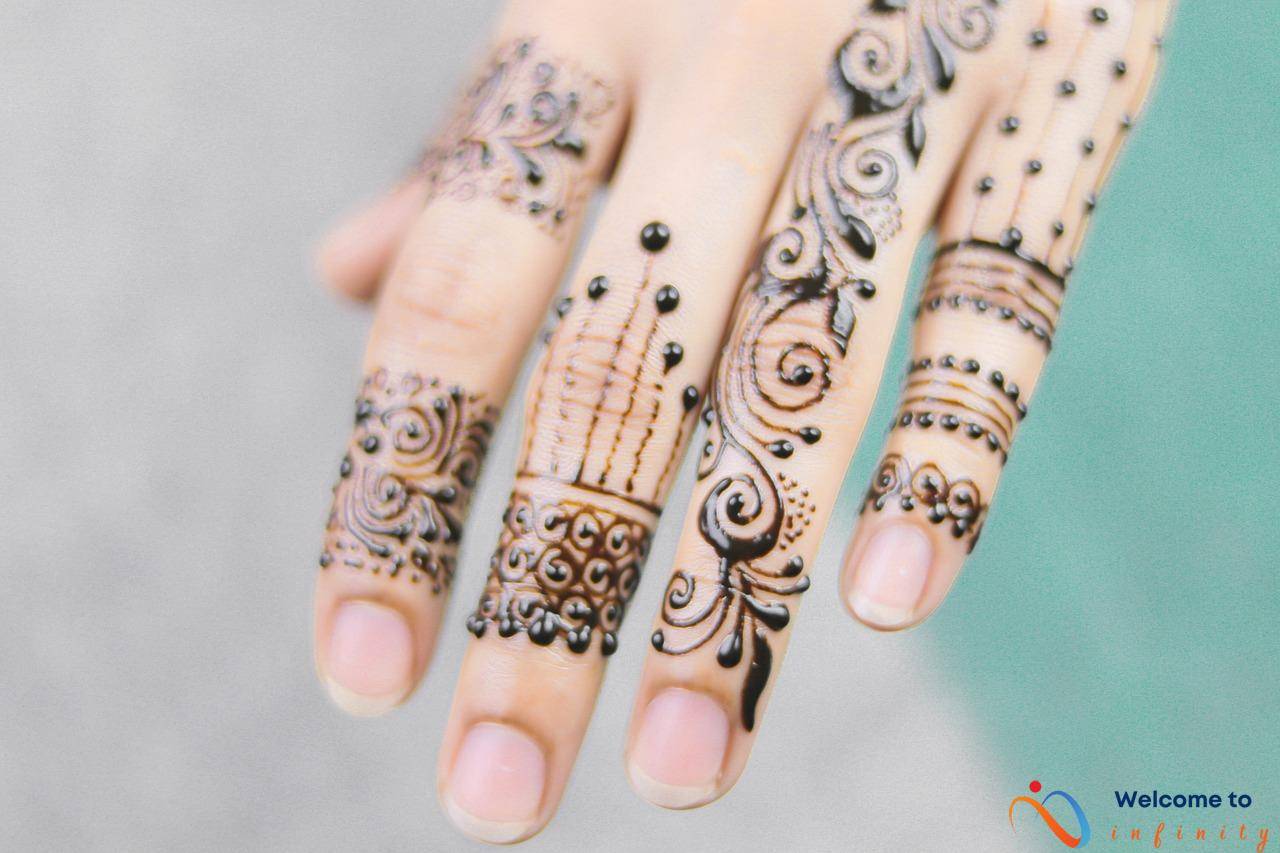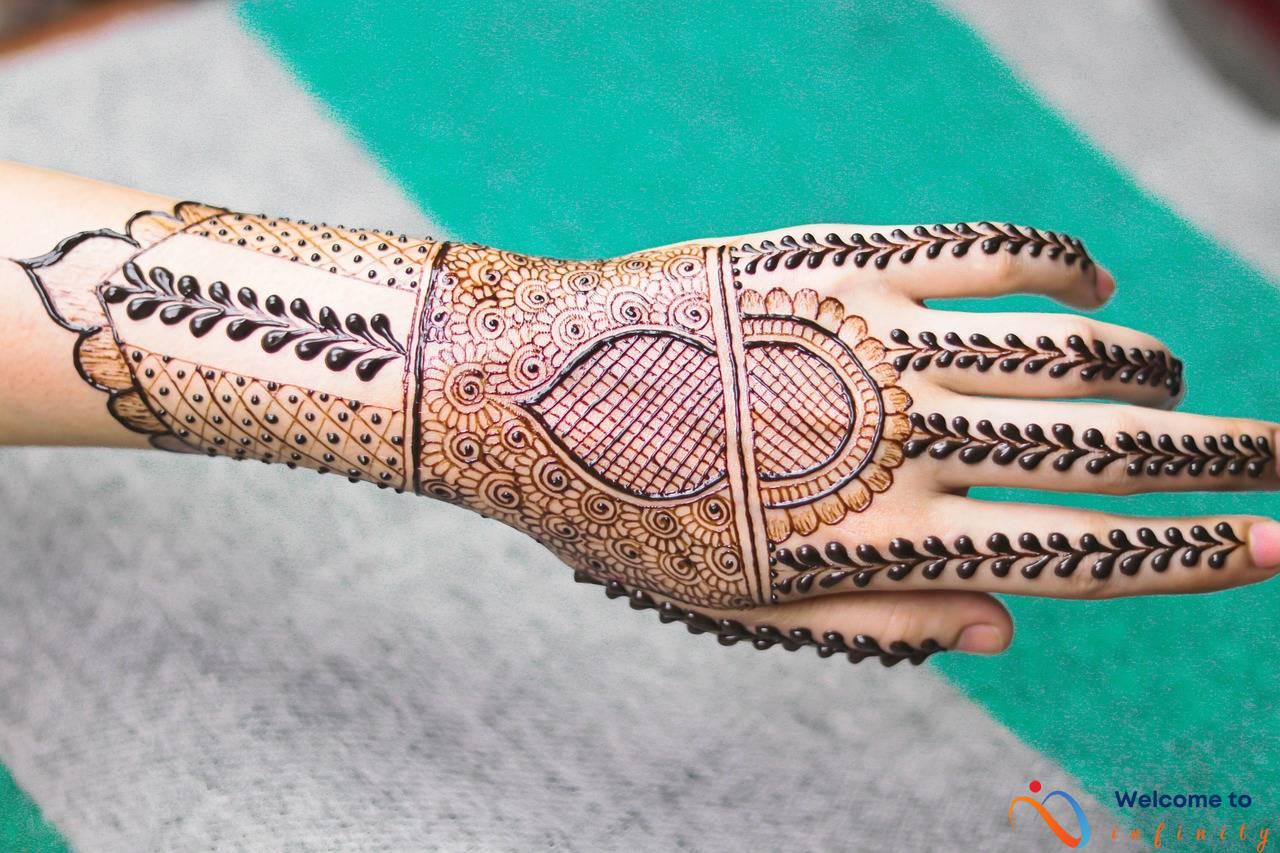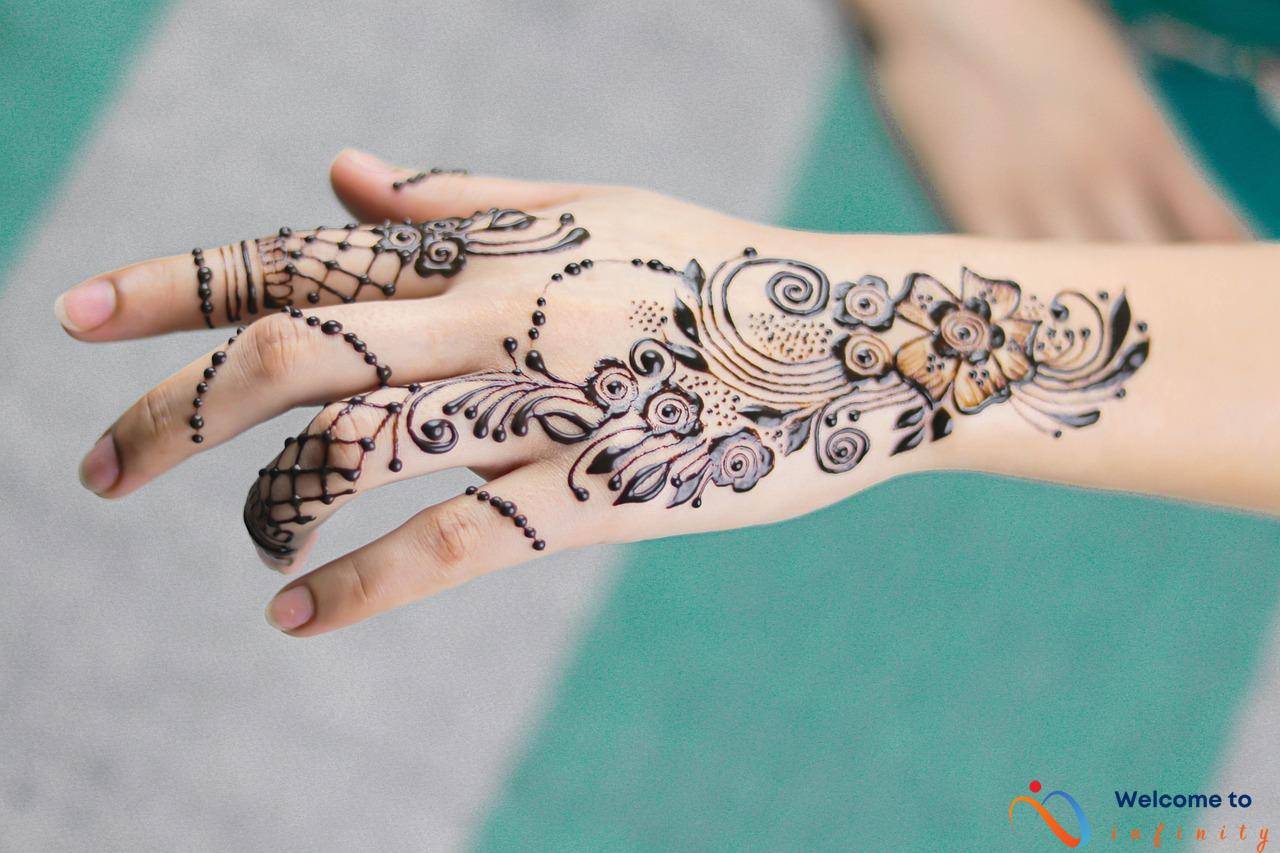Tattoos have been an integral part of human culture for centuries, with different societies and communities using it for a variety of purposes, such as religious ceremonies, cultural rituals, and personal expressions. As people travel and migrate more, the art of tattooing has also started to blend and cross-pollinate with different traditions, creating a melting pot of diverse artistic styles. This trend has given rise to the concept of cross-cultural tattooing, which involves fusing various artistic traditions from different cultures and regions to create something new and unique.
Cross-cultural tattooing is a testament to how multiculturalism and globalization can influence art and creative expression. These tattoos not only serve as beautiful body artworks but also help individuals to celebrate and honor their heritage, belief, and identity. By integrating designs, color schemes, and techniques from different artistic traditions, tattoo artists can create a harmonious blend of art that reflects the diversity of the world we live in.
From Maori-inspired Polynesian tattoos to Celtic knotwork on Nordic skin, cross-cultural tattooing has expanded the possibilities of the art form. Tattoo artists have the opportunity to explore and experiment with different techniques and styles, creating something uniquely beautiful. Additionally, as cross-cultural tattooing gains popularity, it has also become a way for people to learn and appreciate different cultures, leading towards a deeper understanding and respect for global diversity.
The History of Cross-Cultural Tattooing
The practice of cross-cultural tattooing has a rich and diverse history spanning thousands of years. From the intricate Maori tribal tattoos of New Zealand to the vibrant and colorful Japanese Irezumi, tattoo artists have incorporated cultural symbols and techniques from different cultures into their work for centuries.
The Maori tribal tattoos, or ta moko, were traditionally used to signify a person's status, achievements, and ancestry within their tribe. These tattoos were created using chisels, and each design was unique and specific to the individual. In Japan, the art of Irezumi became popular during the Edo period, and it was often used as a form of punishment before evolving into a form of art. Traditional Irezumi designs often featured animals, flowers, and mythical creatures, and each design was intricately detailed.
Cross-cultural tattooing has allowed these traditional styles to evolve and adapt to different cultures. For example, modern tattoo artists have taken traditional Maori designs and incorporated them into contemporary designs, such as sleeve tattoos. Similarly, modern Irezumi artists have taken inspiration from other cultures, such as American traditional tattoos and graffiti, to create new and innovative designs.
The history of cross-cultural tattooing is a testament to the power of art and its ability to transcend cultural boundaries and bring different people together.
The Rise of Modern Cross-Cultural Tattooing
The rise of modern cross-cultural tattooing has revolutionized the art of tattooing in recent years. Tattoo artists today are primarily influenced by the cross-cultural approach of their predecessors. Modern tattoo artists are continuously pushing the boundaries of traditional tattooing by incorporating unique elements from various cultures, thereby creating distinctive tattoo art forms.
Cross-cultural tattooing has indeed opened new vistas for the contemporary tattoo industry, allowing for a blend of different cultures, styles, and designs, creating new and unique tattoo art forms. Modern tattoo artists are constantly seeking inspiration from across the world, studying different cultures, and delving deep into the history and symbolism of various art forms. They are integrating their learnings with the traditional tattoo art form, paving the way for cross-cultural tattoos that represent a fusion of the past and present.
The rise of cross-cultural tattooing has also brought about a new-age approach to tattooing by promoting multiculturalism and acceptance, promoting cross-cultural understanding, and encouraging tattoo enthusiasts to embrace different cultures and art forms. It is this sense of openness and inclusivity that is driving the contemporary tattoo industry today, allowing tattoo artists to experiment with different styles and designs, further fueling the growth of cross-cultural tattooing.
The Role of Technology in Cross-Cultural Tattooing
Technology has revolutionized the world of tattooing, allowing artists to incorporate diverse cultural symbols and techniques into their work. With the internet as a hub for artists to share and learn from one another, cross-cultural tattooing has become more accessible than ever before.
Through technology, artists have access to a broad range of information on various cultural symbols and techniques. They can study the historical significance and meanings behind them, ensuring that they respect and honor the traditions they are drawing from. With the help of digital tools, they can combine elements from different cultures and create unique designs.
The internet has also played a significant role in making cross-cultural tattooing more accessible. Artists from different parts of the world can connect and collaborate, sharing their knowledge and skills. Platforms like social media and online tattoo forums provide a space for artists to showcase their work and gain inspiration from others.
- Artists can share their designs and techniques with other artists around the world, meaning ideas can be spread quickly and easily.
- Drawing tablets allow artists to create designs digitally, exploring different cultural symbols and techniques before committing them to paper.
- Online resources, such as tutorials and masterclasses, enable artists to learn about tattoo art and various techniques from experts all around the world.
advancements in technology have created endless possibilities for cross-cultural tattooing. Artists can now experiment with different styles and methods, blending them into one grand art form. The cross-cultural approach to tattooing has become more accessible and widely accepted than ever, encouraging collaboration and promoting cultural exchange through art.
The Ethics of Cross-Cultural Tattooing
The popularity of cross-cultural tattooing has led to an important conversation about cultural appropriation and authenticity. As more tattoo artists incorporate different cultural symbols and techniques into their work, questions arise about the respectful use of these cultural elements.
It is crucial for artists to take the time to educate themselves about the cultural significance of the symbols they intend to incorporate into their designs. Artists should aim to understand the traditions they are drawing from to avoid misrepresentation or disrespectful use of cultural symbols.
Additionally, artists should be mindful of the potential harm caused by cultural appropriation. It is important to recognize that certain cultural symbols hold deep meaning or spiritual significance for specific communities. Using symbols from a culture without permission or understanding can be offensive or even traumatic for members of that culture.
Respect for cultural traditions is essential in cross-cultural tattooing. Artists should strive to approach cultural symbols with sensitivity and mindfulness. When in doubt, it is always better to err on the side of caution and avoid using symbols that may be sacred or culturally significant to communities outside of one's own.
The Future of Cross-Cultural Tattooing
With cultural barriers breaking down over time, cross-cultural tattooing is expected to become even more diverse and widespread in the future. Tattoo artists continue to draw inspiration from different cultures and fuse them with their own artistic styles to create unique designs that resonate with customers and enthusiasts alike.
In the coming years, cross-cultural tattooing is likely to evolve beyond traditional tribal designs and incorporate modern pop culture references. These references could include comic book characters, famous musicians, or even popular TV show characters. The possibilities for cross-cultural tattooing are almost endless as artists continue to break from traditional styles and experiment with bold new designs.
Moreover, with technology playing an increasingly important role in tattooing, artists will have more opportunities to experiment with new techniques and designs. They will continue to explore different cultural symbols and techniques through the internet, share ideas with other artists, and build on each other's work to create exciting new designs.
Cross-cultural tattooing has now become a reflection of the world's interconnectedness and global culture exchange. As more people embrace diverse cultures and backgrounds, tattooing will remain a means of self-expression and reflection—helping individuals turn their unique stories and experiences into beautiful works of art.
Celebrities and Cross-Cultural Tattoos
The Rock Johnson's Samoan-inspired tattoos to Angelina Jolie's Buddhist prayer tattoo, celebrities have played a significant role in popularizing cross-cultural tattooing. These famous personalities provide a platform for tattoo artists to showcase their cross-cultural work to a wider audience.
One example is the famous soccer star, David Beckham, who has a tattoo in Hindi script that translates to “Victoria,” the name of his wife. Similarly, Rihanna has a tattoo of the ancient Egyptian goddess Isis, paying homage to the goddess of fertility, motherhood, and wisdom.
Apart from providing inspiration for tattoo artists, celebrities have also played a role in breaking down cultural barriers. For instance, the late basketball player Kobe Bryant had a tattoo in Italian that read “La Famiglia,” celebrating his connection to Italy, where he spent much of his formative years.
Overall, celebrities have embraced cross-cultural tattooing as a means of self-expression and cultural exploration. These iconic tattoos have set the trend for future cross-cultural art forms, and many people today use tattoos as a way of connecting with their cultural heritage or exploring cultures outside of their own.
The Rock
The Rock, also known as Dwayne Johnson, is an avid fan of tattoos and has a significant number of them on his body. His tattoos are inspired by his Samoan heritage and incorporate traditional Samoan symbols and designs. The Rock's tattoos are a testament to his pride in his culture, and he has often spoken about the cultural significance of the symbols he chose for his tattoos.
One of The Rock's most notable tattoos is his half-sleeve tattoo on his left arm, which depicts a Samoan warrior and symbols of strength and courage. The Rock has described the tattoo as a representation of his warrior spirit and his connection to his Samoan roots. Another tattoo on his chest features the word “mana,” which means spiritual power and strength in Samoan culture. The Rock also has tattoos on his ribcage that depict a bull's head and a coconut tree, both of which are significant symbols in Samoan culture.
The Rock's tattoos have inspired many fans of cross-cultural tattooing, and his Samoan-inspired designs have become increasingly popular over the years. His tattoos are a prime example of how tattoos can be used to embrace and celebrate one's cultural heritage, and The Rock remains an inspiration to many who are looking to incorporate traditional cultural symbols into their tattoos.
Johnson's Samoan-inspired tattoos to Angelina Jolie's Buddhist prayer, celebrities have also embraced cross-cultural tattooing as a means of self-expression and exploring different cultures.
Celebrities have long been seen as trendsetters in the world of fashion and beauty, and tattooing is no exception. Many celebrities have tattoos that incorporate elements from different cultures, showcasing a desire for self-expression and an interest in exploring different cultures.
One example is Dwayne ‘The Rock' Johnson, who has Samoan-inspired tattoos on his chest and arm. The tattoos represent his Samoan heritage and include symbols such as a sunburst and a tortoise shell. Similarly, Angelina Jolie has a Buddhist prayer tattooed on her back, which she got in Cambodia while adopting her son.
Other celebrities who have embraced cross-cultural tattooing include Rihanna, who has a Maori-inspired tribal tattoo on her hand, and Justin Bieber, who has a Japanese-style koi fish tattoo on his arm. These tattoos not only showcase the artists' appreciation for different cultures but also serve as a conversation starter and a way to connect with fans from different backgrounds.
However, it is important to note that celebrities are not immune to cultural appropriation and criticism. kendall Jenner received backlash for her decision to get a large Maori-inspired tattoo on her back, with many accusing her of appropriating Maori culture without fully understanding its significance.
Overall, the rise of cross-cultural tattooing among celebrities reflects the growing trend of cultural exchange and appreciation in the modern world.
The Importance of Cross-Cultural Tattooing
The art of cross-cultural tattooing plays an important role in promoting cultural exchange and understanding. It reflects the interconnectedness of the contemporary world and the shared cultural experiences that we all participate in.
Through the practice of incorporating different cultural symbols and techniques into their work, tattoo artists are creating a universal language of art that encourages appreciation and celebration of different cultures. This language helps to break down cultural boundaries and encourages understanding and respect for cultures that are different from our own.
Furthermore, cross-cultural tattooing allows for the preservation and revitalization of cultural traditions. By incorporating cultural symbols and techniques into their work, tattoo artists are keeping traditions alive and relevant in the modern world. The exchange of cultural ideas and techniques can also inspire new forms of art, bridging the gaps between cultures and creating new artistic expressions that blend different cultural styles and traditions.
The importance of cross-cultural tattooing is not limited to the tattooing community. It has a broader impact on society and can contribute to the development of a more inclusive and culturally aware society. It promotes cultural exchange, encourages dialogue, and fosters understanding, which are all essential for the growth and evolution of society towards a more united and peaceful world.











